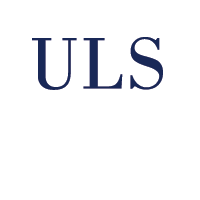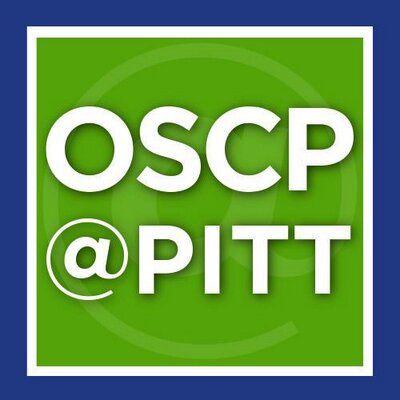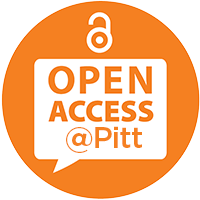Terrazas Duarte, Gabriela
(2024)
Effects of orthographic similarity, individual differences, and training manipulation on learning translation-ambiguous and unambiguous words.
Doctoral Dissertation, University of Pittsburgh.
(Unpublished)
This is the latest version of this item.
Abstract
Learning a second language (L2) as an adult is a challenging endeavor, requiring the integration of the L2 into an established first language (L1) system. Throughout their linguistic journey, L2 learners will also encounter L2 vocabulary that has two or more translations across languages (so-called translation-ambiguous words). These words are particularly difficult to learn (Degani & Tokowicz, 2010) and to process (Laxén & Lavaur, 2010). Moreover, even highly proficient bilinguals have difficulty processing translation-ambiguous cognate words (Boada et al., 2013). In three experiments, we investigated adult L2 learning of translation-ambiguous words with varying orthographic similarity between translations (i.e., ranging from noncognates to cognates with partial overlap to cognates with complete overlap). For instance, the Dutch-English word pair "jongen-boy" represents lower orthographic similarity, whereas the Dutch-English word pair "auteur-author" represents higher orthographic similarity, and the Dutch-English word pair "fruit-fruit" represents the highest level of orthographic similarity. In Experiment 1, we investigated whether the translation-ambiguity disadvantage on bilinguals’ cognate processing (Boada et al.) is also present in adult L2 learning of words with varying orthographic similarity. Results revealed that during the beginning stages of vocabulary learning, the translation-ambiguity disadvantage was present for words with higher levels of orthographic similarity but surprisingly not for words with lower orthographic similarity. In Experiment 2, we explored the association between individual differences and L2 learning of translation-ambiguous and unambiguous words with varying orthographic similarity. Results showed that lower working memory (WM) individuals showed no translation-ambiguity disadvantage, while higher WM individuals experienced it for words with moderate to high orthographic similarity. Building on these findings, Experiment 3 explored whether a training manipulation could enhance the learning of translation-ambiguous words with varying orthographic similarity. Results uncovered a complex interaction between the training manipulation, the test, and either phonological short-term memory (PSTM) or WM. Intriguingly, the impact of the training manipulation varies across orthographic similarity levels, significantly affecting lower levels. These findings provide nuanced perspectives on L2 vocabulary learning, offering valuable insights into how L2 learners process and represent translation-ambiguous words. Implications for models of translation ambiguity are discussed, emphasizing the multifaceted nature of L2 vocabulary learning.
Share
| Citation/Export: |
|
| Social Networking: |
|
Details
| Item Type: |
University of Pittsburgh ETD
|
| Status: |
Unpublished |
| Creators/Authors: |
|
| ETD Committee: |
|
| Date: |
10 January 2024 |
| Date Type: |
Publication |
| Defense Date: |
20 September 2023 |
| Approval Date: |
10 January 2024 |
| Submission Date: |
1 December 2023 |
| Access Restriction: |
2 year -- Restrict access to University of Pittsburgh for a period of 2 years. |
| Number of Pages: |
177 |
| Institution: |
University of Pittsburgh |
| Schools and Programs: |
Dietrich School of Arts and Sciences > Psychology |
| Degree: |
PhD - Doctor of Philosophy |
| Thesis Type: |
Doctoral Dissertation |
| Refereed: |
Yes |
| Uncontrolled Keywords: |
second language learning, bilingualism, translation ambiguity, cognitive psychology, psycholinguistics |
| Date Deposited: |
10 Jan 2024 14:05 |
| Last Modified: |
10 Jan 2024 14:05 |
| URI: |
http://d-scholarship.pitt.edu/id/eprint/45708 |
Available Versions of this Item
Metrics
Monthly Views for the past 3 years
Plum Analytics
Actions (login required)
 |
View Item |








